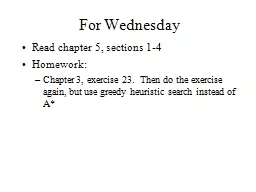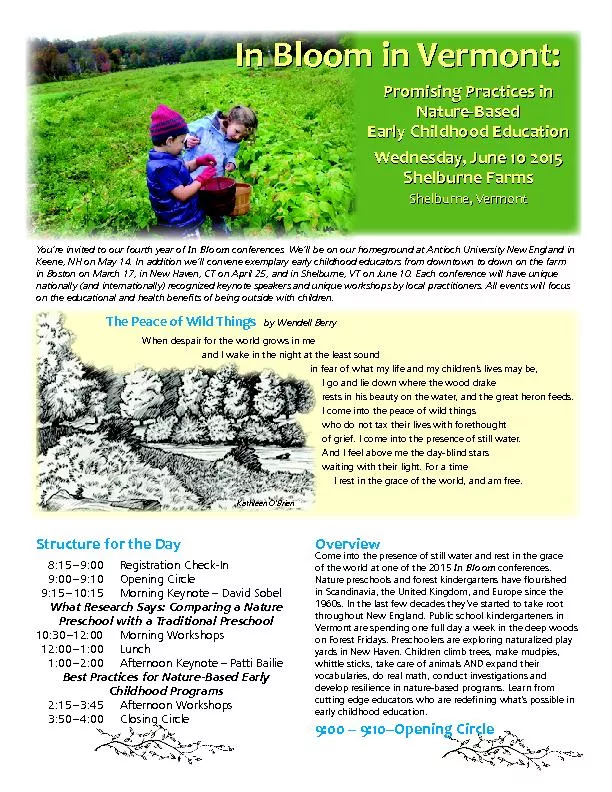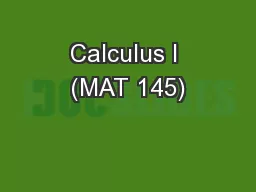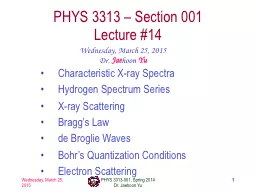PPT-For Wednesday Read chapter
Author : briana-ranney | Published Date : 2019-06-19
5 sections 14 Homework Chapter 3 exercise 23 Then do the exercise again but use greedy heuristic search instead of A Program 1 Any questions Problem Formulation
Presentation Embed Code
Download Presentation
Download Presentation The PPT/PDF document "For Wednesday Read chapter" is the property of its rightful owner. Permission is granted to download and print the materials on this website for personal, non-commercial use only, and to display it on your personal computer provided you do not modify the materials and that you retain all copyright notices contained in the materials. By downloading content from our website, you accept the terms of this agreement.
For Wednesday Read chapter: Transcript
Download Rules Of Document
"For Wednesday Read chapter"The content belongs to its owner. You may download and print it for personal use, without modification, and keep all copyright notices. By downloading, you agree to these terms.
Related Documents














